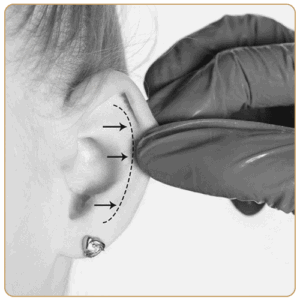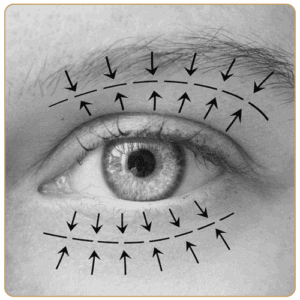Undergoing a facelift is a significant decision that can bring about transformative results in restoring a more youthful appearance. While the procedure itself is performed by a skilled surgeon, it’s natural to have concerns about the recovery process, particularly regarding post-operative swelling. In this blog post, we will delve into the topic of facial swelling after a facelift, addressing common questions and providing insights to help you better understand what to expect.
Facial swelling is a normal part of the healing process after a facelift. It occurs as a result of the body’s natural response to surgery and trauma. The extent and duration of swelling can vary depending on several factors, including the individual’s unique physiology, the surgical technique used, and the post-operative care provided.
Immediately following your facelift procedure, you can expect some degree of facial swelling, which is typically at its peak within the first few days. This initial swelling is a normal reaction to the trauma of surgery and should gradually subside over time. It’s important to note that while some visible swelling is inevitable, the majority of it will resolve within the first few weeks.
During the initial stages of recovery, it’s common for the face to appear puffy and swollen. This swelling may affect different areas of the face, including the cheeks, jawline, and neck. It’s essential to follow your surgeon’s post-operative instructions diligently, as they will provide guidance on managing swelling and ensuring a smooth recovery.
To help minimize swelling and promote healing, your surgeon may recommend specific measures such as keeping your head elevated, applying cold compresses, and avoiding activities that may increase blood flow to the face. These precautions are aimed at reducing fluid accumulation and facilitating the body’s natural healing process.
While most of the visible swelling subsides within the first few weeks, it’s essential to understand that residual swelling may persist for several months. This is a normal part of the healing process, and it may take some time for the final results of your facelift to fully manifest. It’s important to have realistic expectations and be patient during this period, as the final outcome will gradually become more apparent as the swelling continues to diminish.
In conclusion, facial swelling is a normal occurrence after a facelift procedure. While the extent and duration of swelling can vary, following your surgeon’s post-operative instructions diligently and being patient during the recovery process will help ensure the best possible outcome. Remember to communicate any concerns or questions you may have with your surgeon, as they are your best resource for personalized guidance and support throughout your facelift journey.









